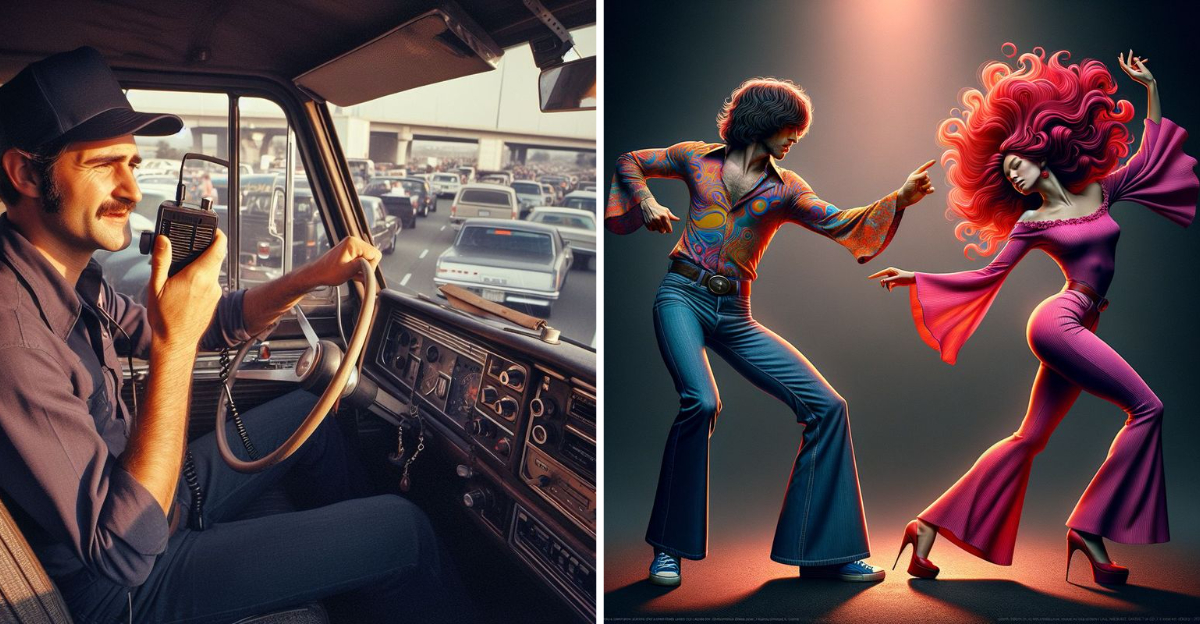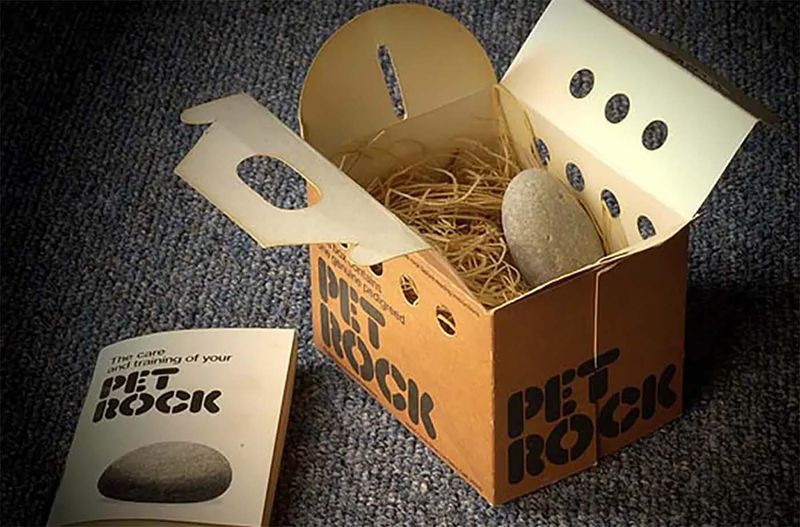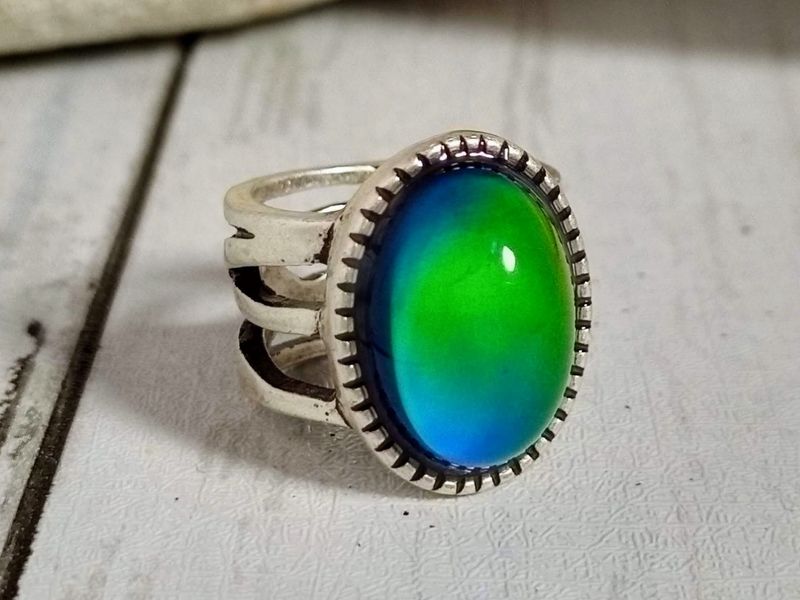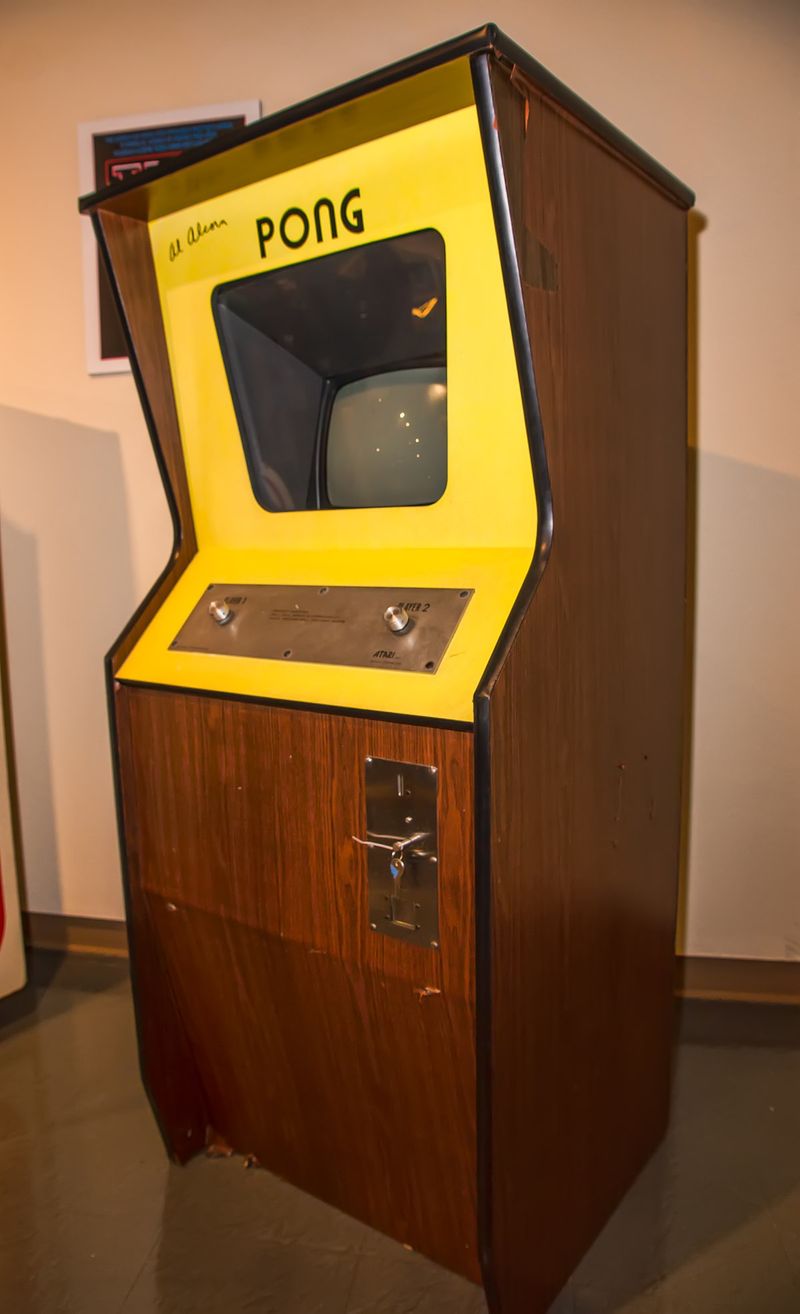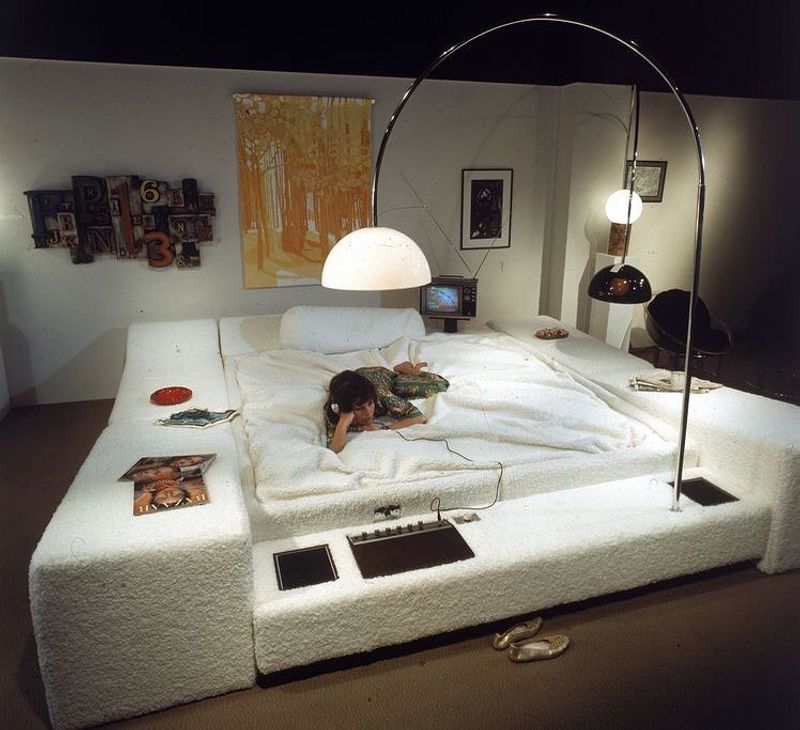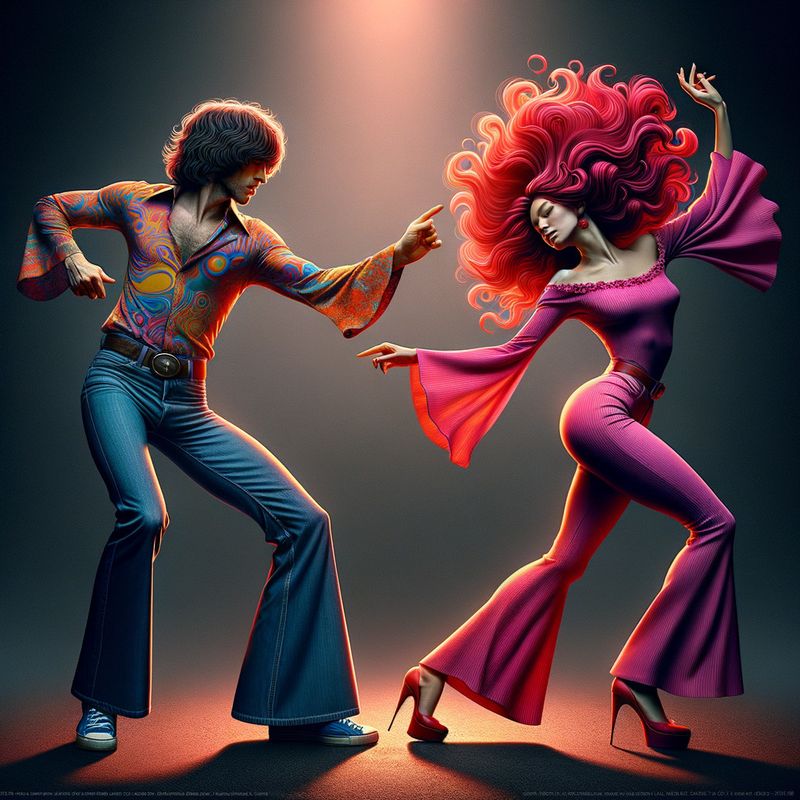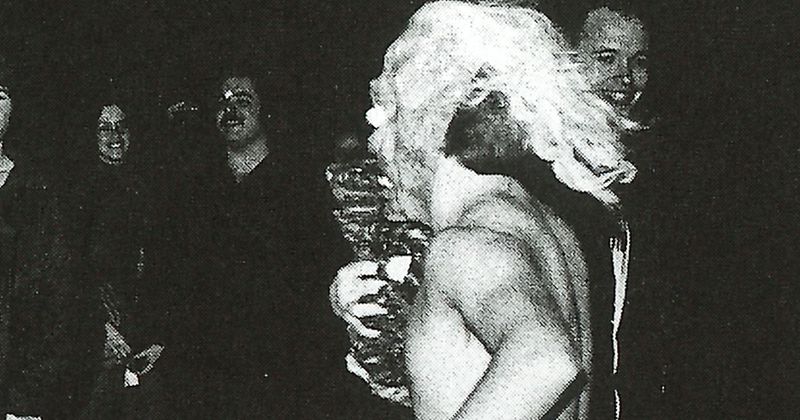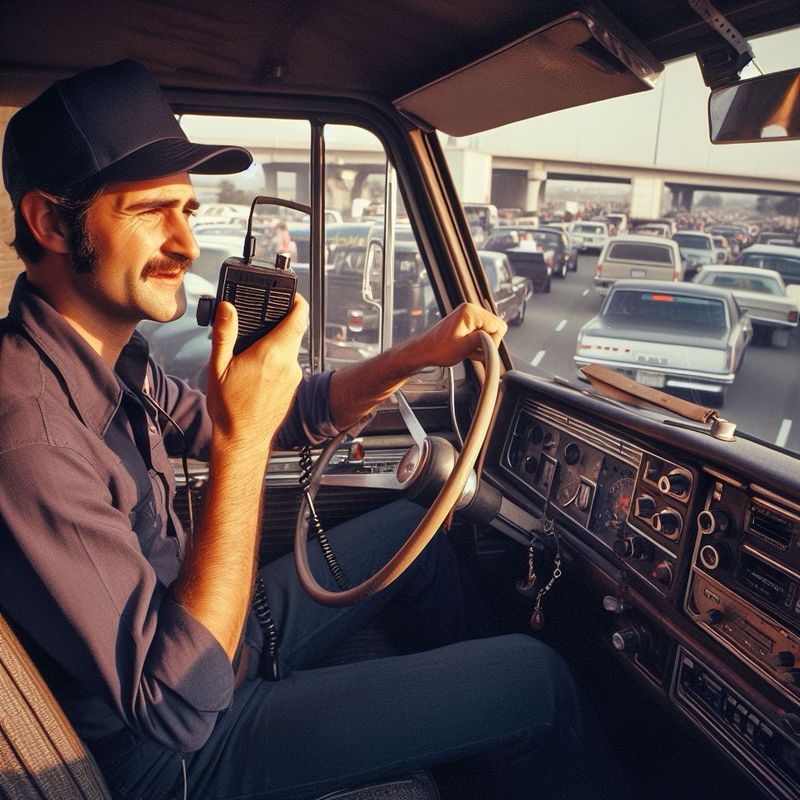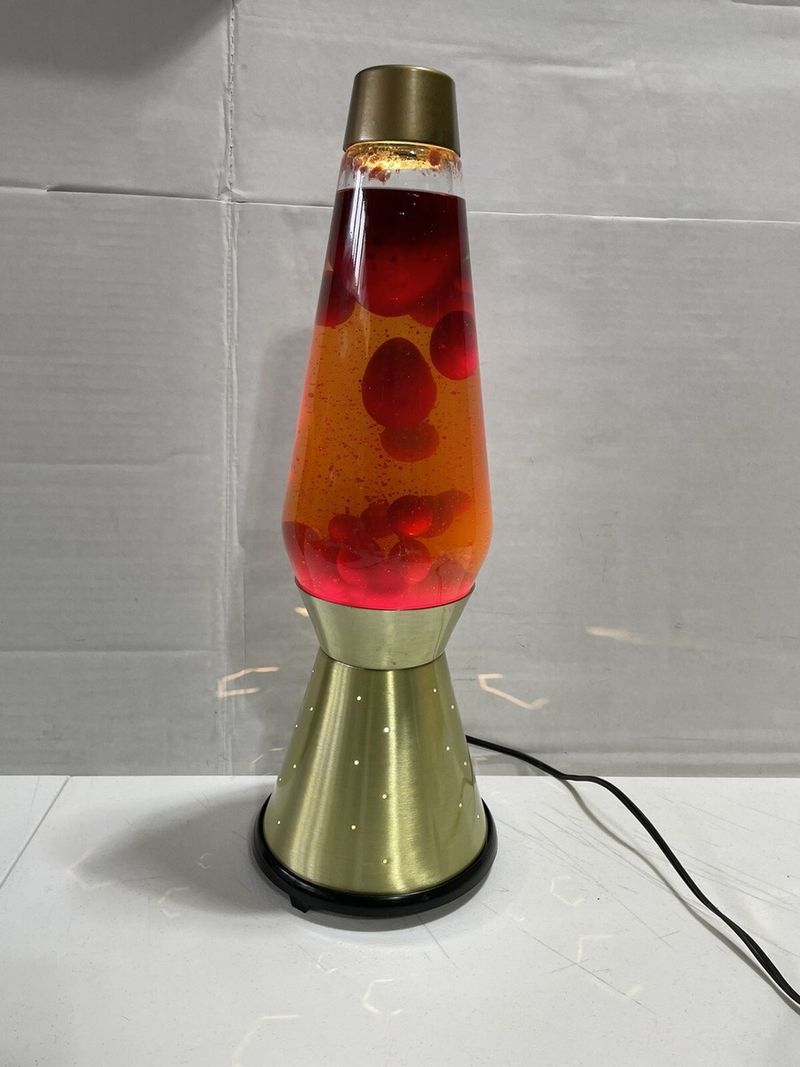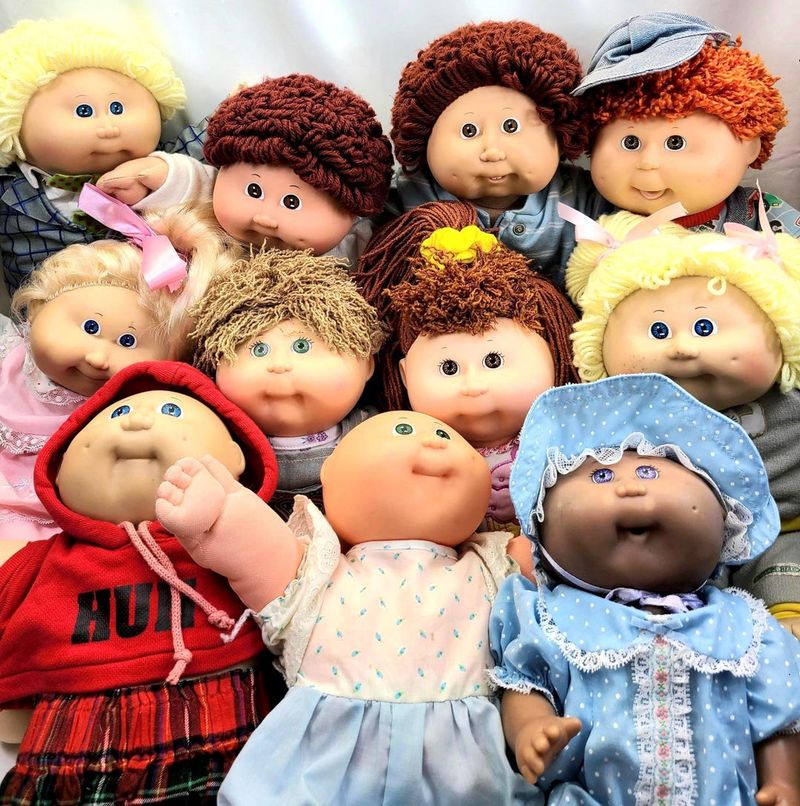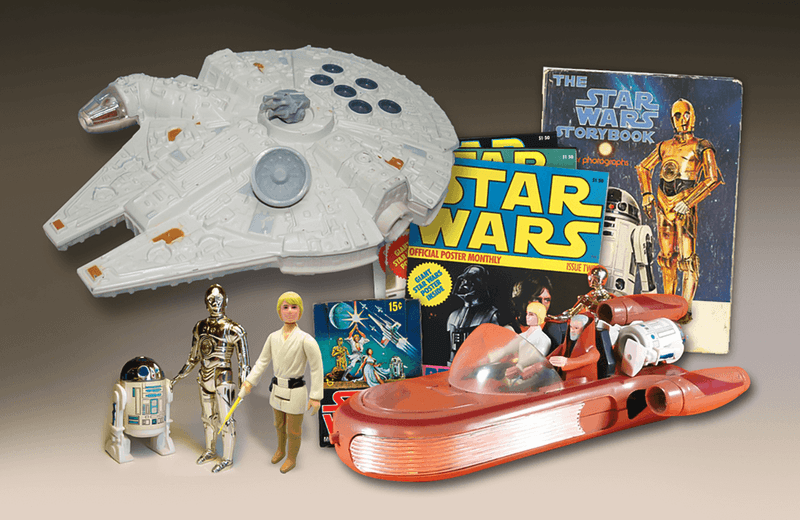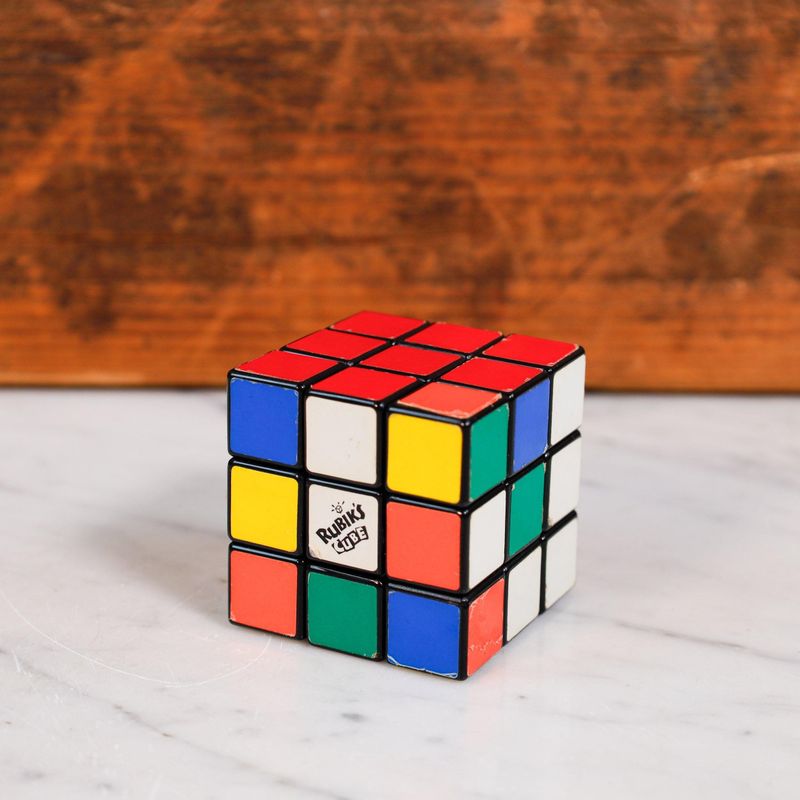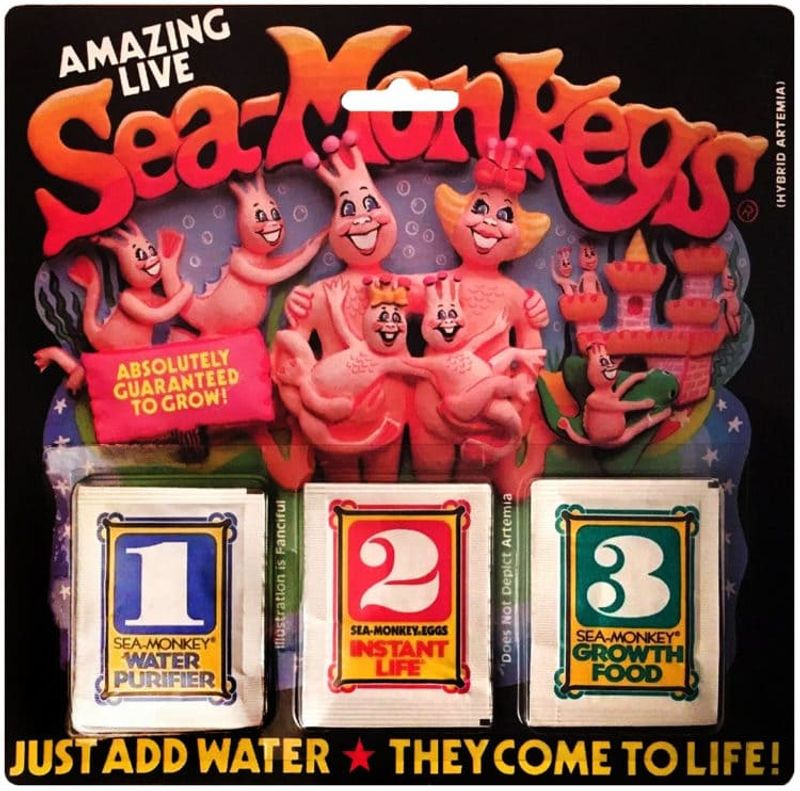The 1970s were a vibrant decade filled with unique fads and cultural phenomena that defined a generation. From pseudoscientific trends to quirky toys, the era was rich with memorable crazes that captured the imagination of millions. Let’s take a nostalgic journey back in time to explore 14 iconic fads from the 1970s that might have slipped your mind.
1. Biorhythms
Biorhythms promised to unveil the mysteries of human emotions through mathematical cycles. These cycles—physical, emotional, and intellectual—were believed to influence our daily lives. People meticulously plotted these rhythms on graph paper, seeking insight into personal highs and lows. This trend entered the mainstream, with believers checking biorhythm charts before making decisions.
The concept sparked debates between skeptics and enthusiasts, each fervently defending their stance. Biorhythms were more myth than science, yet they captivated many with promises of self-discovery. The allure lay in the hope that these charts held the keys to understanding oneself, albeit through colorful graphs.
2. Pet Rocks
In the mid-1970s, Pet Rocks became the epitome of novelty gifts. Conceived by Gary Dahl, these ordinary pebbles came with care instructions akin to real pets. Each rock sat nestled in a cardboard ‘pet carrier’, complete with breathing holes.
This absurdity captured the hearts of many, becoming a whimsical symbol of the era. Pet Rocks taught an important lesson in marketing and humor. Despite their simplicity, they highlighted the power of creativity and the human tendency to find joy in the simplest things. It was a fad that rocketed into the spotlight, despite its inherent silliness.
3. Mood Rings
Mood rings, with their mystical appeal, were the ultimate accessory for many in the 1970s. Invented by Joshua Reynolds and Maris Ambats, these rings used thermochromic liquid crystals to change color based on body temperature. Each hue supposedly reflected the wearer’s emotional state, from calm blues to passionate reds.
They were small tools of self-expression in a time of exploration and change. Mood rings became a fashion statement, a conversation starter, and a personal barometer of feelings. Their lasting charm is a testament to the era’s fascination with the intersection of science, fashion, and emotion.
4. Pong
Pong marked the dawn of the video game era in the 1970s. Created by Atari, this simple table tennis simulation captivated players with its easy yet addictive gameplay. Pong paved the way for future gaming innovations, capturing imaginations with two paddles and a bouncing ball.
Its simplicity was its genius, offering an engaging experience without complex graphics. Pong became a social activity, drawing people to gaming arcades and living rooms alike. As the first commercially successful video game, Pong laid the foundation for the vibrant gaming culture that would blossom in the following decades.
5. Waterbeds
Waterbeds promised ultimate comfort and became synonymous with 1970s counterculture luxury. Introduced by Charles Hall, these beds featured chambers filled with water, providing a unique sleeping experience. They were touted as therapeutic, offering relaxation and relief from pressure points.
Their wavy motion evoked a sense of tranquility, while their unique design made them a status symbol. Waterbeds embodied the era’s spirit of experimentation and relaxation. Despite their decline, these beds remain a symbol of a decade eager to explore unconventional comfort, combining innovation with the promise of a better night’s sleep.
6. Disco
Disco swept through the 1970s like a rhythmic revolution, redefining dance floors worldwide. With its pulsating beats and flashy fashion, disco music created a vibrant nightlife culture. Clubs like Studio 54 became iconic, where people dressed to impress and danced with abandon.
This movement was more than music; it was a cultural statement, celebrating diversity and self-expression. Disco’s infectious energy was mirrored in its fashion—bell-bottoms, platform shoes, and glittering accessories. Though the craze faded, disco’s influence remains in today’s music and fashion, a testament to its enduring legacy of joy and inclusivity.
7. Streaking
The 1970s witnessed the daring craze of streaking. This fad involved individuals running naked through public spaces, leaving onlookers in shock and amusement. It embodied youthful rebellion and spontaneity, often seen at college campuses and sports events.
Streaking was a bold statement against societal norms, blending humor with audacity. It became a symbol of liberation, challenging conventional boundaries with a dash of mischief. Though it was a fleeting phenomenon, streaking captured the spirit of a generation unafraid to express freedom in its rawest form. It remains a memorable chapter in the narrative of 1970s counterculture.
8. Platform Shoes
Platform shoes reached towering heights in the 1970s both literally and figuratively. These shoes, with their thick soles, became a staple for those wanting to stand out. Associated with disco culture, they added inches to height and flair to fashion.
Available in a kaleidoscope of colors and designs, platform shoes were as much about making a statement as they were about style. They echoed the era’s spirit of boldness and creativity. Today, they are remembered not just as a fashion trend, but as a symbol of a decade that dared to be different, adding fun to every step.
9. CB Radio
CB radios turned ordinary drivers into road warriors in the 1970s. Citizens Band radio became a popular mode of communication among truckers and motorists alike. It offered a sense of community and camaraderie, with users adopting unique ‘handles’ or nicknames.
This technology allowed for spontaneous conversations, traffic updates, and a bit of outlaw charm. As a tool for evading speed traps and sharing road conditions, CB radios became synonymous with the open road adventure. This communication craze was thrilling, connecting people over static-filled airwaves, and added a rebellious flair to long drives.
10. Lava Lamps
Lava lamps cast a hypnotic glow across the 1970s, becoming a quintessential piece of home decor. These lamps, with their mesmerizing wax movements, offered a soothing visual experience that captured the era’s love for psychedelic aesthetics.
Invented by Edward Craven Walker, lava lamps became symbols of the counterculture movement. They were not just light sources; they were art pieces that reflected the decade’s embrace of color and fluidity. These lamps remain iconic, their gentle illumination and ever-changing shapes a warm reminder of the 1970s’ innovative spirit and the allure of tranquility.
11. Cabbage Patch Dolls
Cabbage Patch Dolls became a childhood staple in the late 1970s, known for their distinctive soft bodies and unique facial features. Each doll came with its own birth certificate, creating a personal connection with its owner.
Their popularity surged, driven by the novelty of their adoption concept. These dolls sparked massive demand, leading to frenzied buying sprees during the holiday seasons. They were more than toys; they were companions with personality. Cabbage Patch Dolls captured the hearts of children and parents alike, leaving a lasting legacy as one of the decade’s most beloved playthings.
12. Star Wars Toys
When Star Wars exploded onto the scene in 1977, it wasn’t just a film; it was the birth of a phenomenon. Star Wars toys quickly became must-have collectibles, with action figures and playsets flying off shelves. These toys allowed children to explore galaxies far, far away in their own living rooms.
The detailed figures and imaginative play captivated young fans, making these toys as iconic as the movie itself. Star Wars memorabilia sparked a new era of movie merchandise, setting a precedent for the industry. The legacy of these toys continues, enchanting generations with their nostalgic charm.
13. Rubik’s Cube
The Rubik’s Cube turned the world upside down when it was introduced in the late 1970s. This colorful puzzle became an emblem of intellectual challenge and perseverance. Solving it required strategic thinking and patience, making it a favorite pastime for countless enthusiasts.
Its success lay in its simplicity and complexity, offering endless possibilities in a compact form. The Rubik’s Cube became a cultural icon, inspiring competitions and becoming synonymous with 1980s pop culture, even though it debuted in the previous decade. Today, it stands as a timeless symbol of brainy entertainment, skill, and the joy of problem-solving.
14. Sea Monkeys
Sea Monkeys were the quirky aquatic companions that captured the imaginations of children in the 1970s. Sold as ‘instant pets’, these brine shrimp came to life in water, offering a glimpse into a miniature underwater world.
The allure of Sea Monkeys lay in their simplicity and the magic of creating life from a packet. They became a staple in many households, often found in small aquariums on bedroom shelves. Sea Monkeys were not just pets; they were a lesson in responsibility and wonder. Despite their short lifespan, they left a long-lasting impression and a splash of joy.
